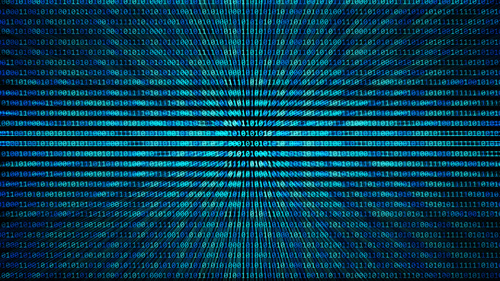Redis, which stands for Remote Dictionary Service, is an open-source in-memory data structure store. It is a high-performance data store that provides an extremely fast way of storing and manipulating data in memory. Redis is often used for caching, session management, and real-time data analysis. It is simple to use and can be easily integrated with many programming languages.

Why Do We Need to Clear Redis Cache?
Redis cache can accumulate large amounts of data over time, occupying memory that could be used for other purposes. As more and more data is stored in Redis, it can lead to higher memory usage, which can have a negative impact on system performance. Additionally, if an application's data changes frequently, cached data can become outdated and inaccurate. Therefore, it is important to regularly clear Redis cache to free up memory and ensure that accurate data is being used in the application.
How to Clear Redis Cache
In order to clear Redis cache, we first need to connect to the Redis server. There are several ways to do this, but one common method is to use the Redis command-line interface (CLI). To connect to the Redis CLI, open a terminal window and run the following command:
redis-cli
This will open the Redis CLI prompt, where we can execute various Redis commands. To clear the entire cache, we can use the following command:
flushall
This command will completely remove all data from Redis, freeing up memory and ensuring that fresh data is used in the application. If we only want to clear specific data from Redis, we can use the DEL command, followed by the key or keys we want to delete. For example, if we want to delete a key called "mykey", we can use the following command:
DEL mykey
After executing these commands, we can verify that the cache has been cleared by using the info command, which will display information about the Redis server. This command can be useful for monitoring the memory usage and other metrics of Redis.
Conclusion
Clearing Redis cache is an important task for maintaining optimal system performance and ensuring accurate data is being used in the application. By using the Redis CLI, we can easily connect to the Redis server and execute commands to clear the cache. The flushall command can be used to clear the entire cache, while the DEL command can be used to delete specific data from the cache. By regularly clearing Redis cache, we can ensure that our application continues to perform optimally and provide accurate data to users.




















 京公网安备 11010802030320号
京公网安备 11010802030320号